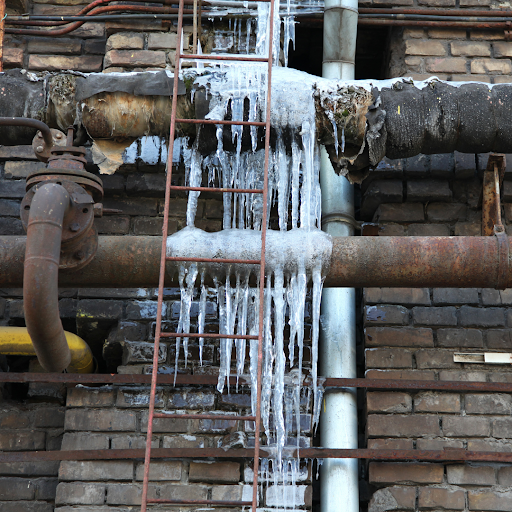Preventing Pipes from Cold Weather: Effective Methods
Preventing Pipes from Cold Weather: Effective Methods
Blog Article
Here underneath you can locate a good deal of amazing ideas involving Helpful Tips to Prevent Frozen Pipes this Winter.

Winter can damage your plumbing, especially by freezing pipes. Here's exactly how to prevent it from occurring and what to do if it does.
Introduction
As temperatures decrease, the danger of icy pipelines increases, potentially causing costly repair services and water damage. Understanding how to stop icy pipes is critical for homeowners in cold climates.
Understanding Icy Pipelines
What creates pipes to ice up?
Pipes ice up when subjected to temperature levels listed below 32 ° F (0 ° C) for expanded periods. As water inside the pipelines freezes, it broadens, taxing the pipe wall surfaces and potentially creating them to burst.
Risks and damages
Frozen pipelines can bring about supply of water interruptions, residential property damages, and costly repair work. Burst pipelines can flooding homes and trigger considerable architectural damages.
Indications of Frozen Piping
Recognizing frozen pipelines early can prevent them from breaking.
How to identify icy pipelines
Try to find lowered water circulation from faucets, uncommon odors or sounds from pipes, and visible frost on revealed pipes.
Avoidance Tips
Shielding prone pipelines
Wrap pipelines in insulation sleeves or use warm tape to secure them from freezing temperature levels. Concentrate on pipelines in unheated or external areas of the home.
Heating strategies
Maintain interior spaces appropriately heated, particularly locations with pipes. Open up closet doors to allow warm air to distribute around pipes under sinks.
Securing Outside Pipes
Garden pipes and outside faucets
Detach and drain pipes garden hose pipes before winter season. Install frost-proof spigots or cover exterior taps with protected caps.
What to Do If Your Pipes Freeze
Immediate actions to take
If you suspect icy pipes, keep taps open up to ease stress as the ice melts. Make use of a hairdryer or towels soaked in warm water to thaw pipelines slowly.
Long-Term Solutions
Architectural changes
Think about rerouting pipelines far from exterior wall surfaces or unheated areas. Include extra insulation to attic rooms, basements, and crawl spaces.
Updating insulation
Buy top notch insulation for pipelines, attics, and wall surfaces. Proper insulation aids maintain constant temperatures and decreases the risk of icy pipelines.
Final thought
Stopping frozen pipes calls for aggressive actions and quick responses. By understanding the causes, signs, and preventive measures, house owners can shield their pipes throughout winter.
5 Ways to Prevent Frozen Pipes
Drain Outdoor Faucets and Disconnect Hoses
First, close the shut-off valve that controls the flow of water in the pipe to your outdoor faucet. Then, head outside to disconnect and drain your hose and open the outdoor faucet to allow the water to completely drain out of the line. Turn off the faucet when done. Finally, head back to the shut-off valve and drain the remaining water inside the pipe into a bucket or container. Additionally, if you have a home irrigation system, you should consider hiring an expert to clear the system of water each year.
Insulate Pipes
One of the best and most cost-effective methods for preventing frozen water pipes is to wrap your pipes with insulation. This is especially important for areas in your home that aren’t exposed to heat, such as an attic. We suggest using foam sleeves, which can typically be found at your local hardware store.
Keep Heat Running at 65
Your pipes are located inside your walls, and the temperature there is much colder than the rest of the house. To prevent your pipes from freezing, The Insurance Information Institute suggests that you keep your home heated to at least 65 degrees, even when traveling. You may want to invest in smart devices that can keep an eye on the temperature in your home while you’re away.
Leave Water Dripping
Moving water — even a small trickle — can prevent ice from forming inside your pipes. When freezing temps are imminent, start a drip of water from all faucets that serve exposed pipes. Leaving a few faucets running will also help relieve pressure inside the pipes and help prevent a rupture if the water inside freezes.
Open Cupboard Doors
Warm your kitchen and bathroom pipes by opening cupboards and vanities. You should also leave your interior doors ajar to help warm air circulate evenly throughout your home.

We had been guided to that article on Preventing and dealing with frozen pipes through someone on a different blog. Make sure you set aside a second to distribute this blog entry if you appreciated it. We take joy in your readership.
Call Today Report this page